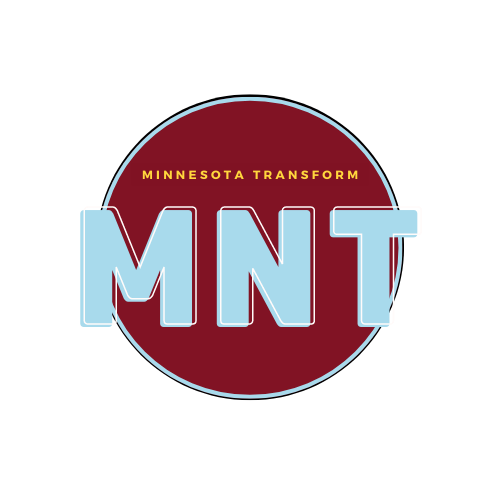
A large, printed out campus map with worksheets from the "Whose Campus History?" workshop laid above.
About the project
Contextualizing story map
"A place is a location comprising both the material and the immaterial. The material comprising the landscape, geographical location and the topological characteristics, and immaterial comprising the human dimension of emotions, memories, reminiscences and recollections."
--Sébastien Caquard
How do maps communicate and represent power?
Campus tours and maps have the power to express and amplify historical narratives and the contemporary values of a University community. However, when these tours and maps fail to recognize the presence and contributions of all members of the university community they become exclusionary and center the experiences of one group over another. The needs and distribution of resources from a wide breadth of University community members are thus not met and are less understood as a result of this exclusion.
Whose Campus History aims to disrupt exclusionary narratives of the University of Minnesota by demonstrating the possibilities of collectively mapping the community experience and knowledges of campus as a way to communicate and visualize underrepresented narratives and the assets inherently present within them. The project achieves this through a community storytelling and listening session paired with a mapping activity. The mapping activity is a vehicle which seeks to demonstrate one method of preserving and activating the knowledges shared during the storytelling and listening session. Furthermore, the mapping activity seeks to explore how linking community narratives to University spaces can act as a resource for less represented students to feel accepted and comfortable in spaces which they may traditionally feel uncomfortable in due to the inherent colonial legacies present within the University and those spaces.
You can learn more about the "Whose Campus History?" project by visting their website here.
Or by checking out their StoryMap below.
Excerpt from workshop
A participant in the 2022 “Whose Campus History?” workshop talks about their experience as a Black student on campus in the late 1960’s. During this time, the Civil Rights and Vietnam anti-war movements were near their heights at the University and indeed, around the country. Among other experiences during this time, the participant talked about regular instances of racial slurs and stereotyping being used against him and his fellow black teammates by University coaches. In response, he and his fellow black Gopher football players decided to walk off the team in protest.
“[After deciding to protest the team] we were walking out of Cook Hall and the coach, who had recruited most of us to come to the University and play, stops us and asks ‘What are you doing to me?’ – like it wasn’t about what we were going through.”
Partners and collaborators
Christopher Rico and Fa’aumu Kaimana
Community Partners
American Indian Studies Department (AMIN), MN Transform, MN Truth (Towards Recognition, Understanding, and Tribal-Healing), USpatial/LATIS, University Archives

